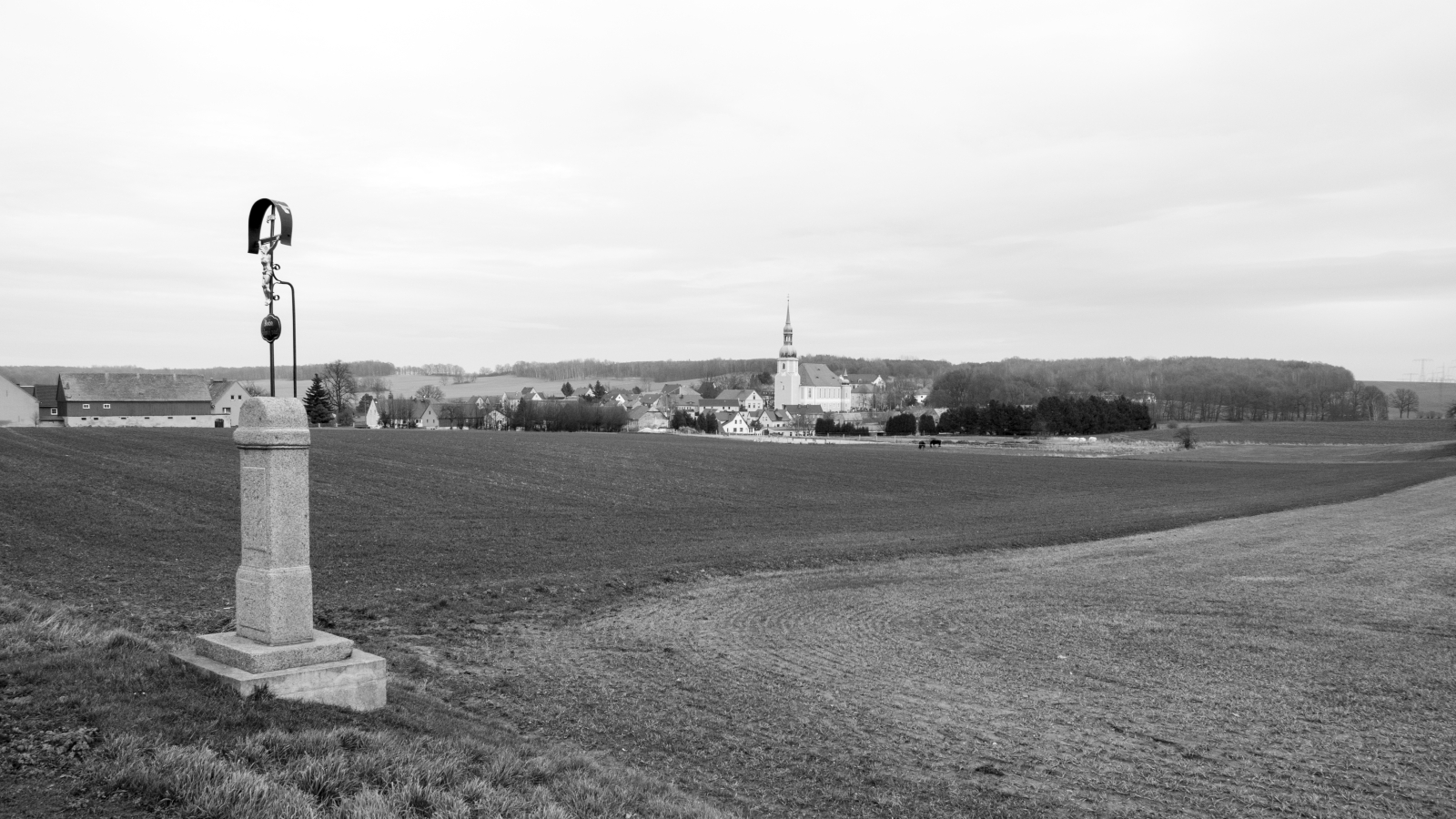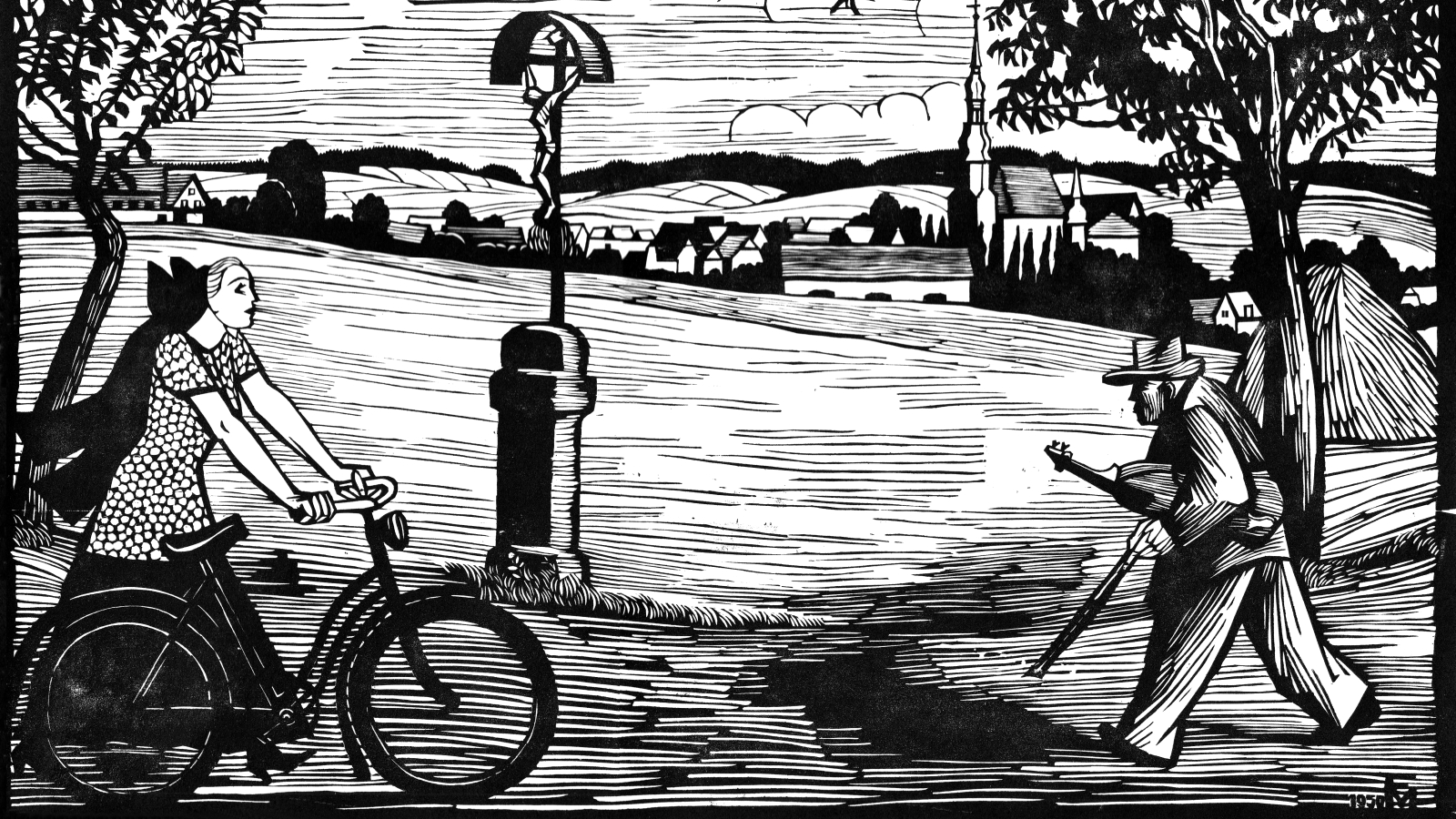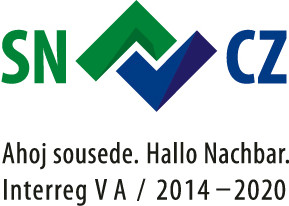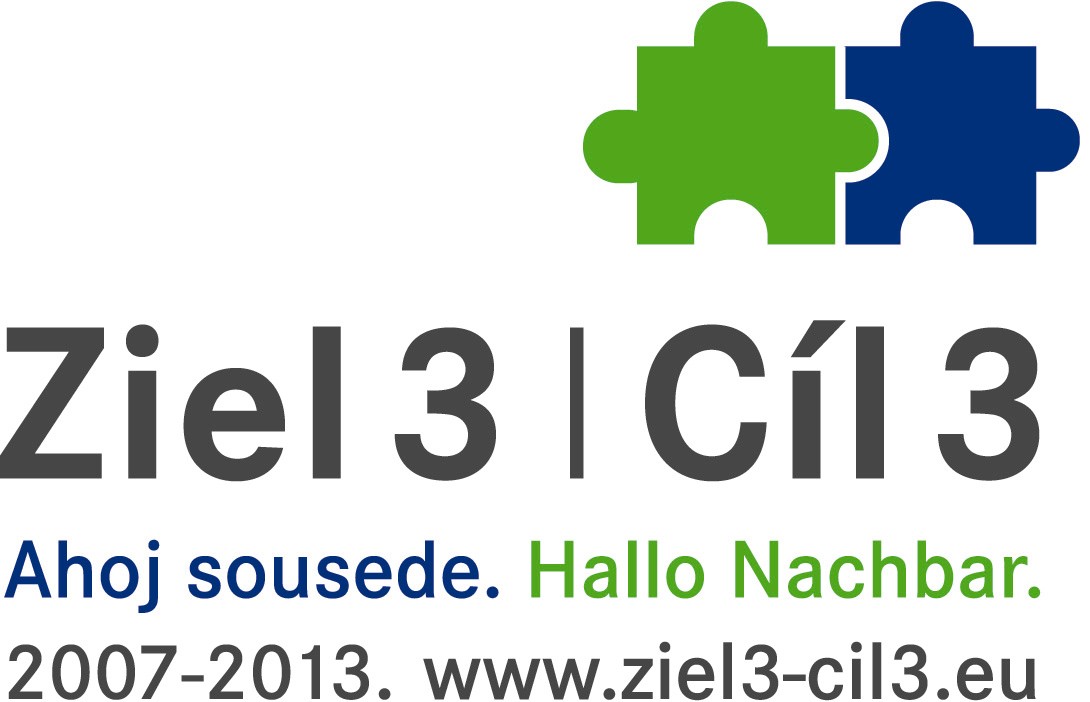The Crostwitz Parish Church
The Sorbian village of Crostwitz slightly invokes the essence of the Weimarer Moderne - the modern architectural style of the Weimar Republic. The parish church, built in 1769, is framed by introspective looking houses that characterise the picturesque village centre. Yet there are traces of an important contemporary artist: Conrad Felixmüller, a famous expressionist painter. In many of his works he documented the life of the Sorbian minority, and had already been awarded with the Grand Prix of the Saxon Art Association in 1928. As a member of the German November Group, a group of expressionist painters and architects, he was in touch with major architects such as Mies van der Rohe and Marcel Breuer. In 1934, he moved to Berlin. Here, however, his art was soon declared degenerate and was partially destroyed. At the end of the 1940s he left the devastated Berlin and returned to Upper Lusatia; he led the new working group of Sorbian visual artists in Crostwitz. His works are considered exemplary for the dawn of modernism in Sorbian art.
- Adresse:
- Zejlerstraße 2, 01920 Crostwitz
- Architekt:
- unknown
- Bauzeit:
- 1769 – 71
- Hinweis:
- open daily













